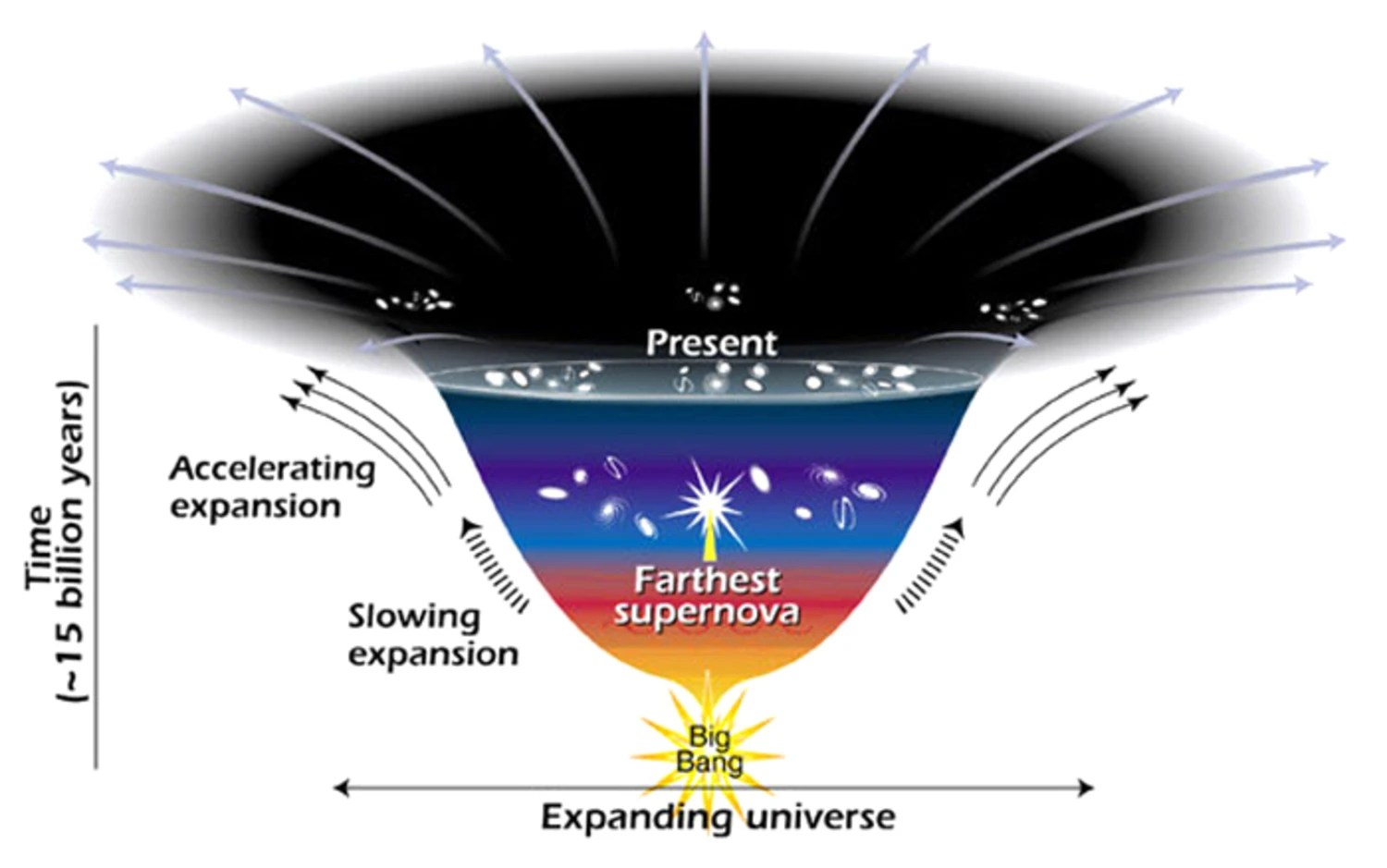Creative Destruction: From Genesis to Picasso to Apple Computers

What’s the Big Idea?
“And the LORD said, I will destroy man whom I have created from the face of the earth; both man, and beast, and the creeping thing, and the fowls of the air; for it repenteth me that I have made them.”
-Genesis, 6:7
The motif of the creator/destroyer is common to all world religions, but certainly not unique to religion. “The urge to destroy is also a creative urge,” Pablo Picasso famously said. And this binary relationship is the essence of innovation, says Jeff DeGraff, “Dean of Innovation” and new blogger on Big Think.
So how can businesses and individuals embrace creative destruction? Let’s say you have the great American novel in your head, what will enable you to give birth to that creation?
Watch the video here:
What’s the Significance?
DeGraff says his favorite example of an innovative company is Apple. Apple made a very dangerous move by ceasing production on what were essentially “clones” of Microsoft products, a move that cost the company hundreds of millions of dollars. Yet this destructive move cleared the way for the iMac.
Similarly, DeGraff points out that Microsoft owned the operating system DOS, which represented over 80 percent of all operating systems in the world. So what did they do? They killed it, in order to clear the way for Windows. So what’s the key lesson for innovators here? DeGraff says “half of the challenge is having the courage, the temerity, the will to actually stop doing something, which is infinitely harder than starting something new.”
Image courtesy of Shutterstock
Follow Daniel Honan on Twitter @Daniel Honan





